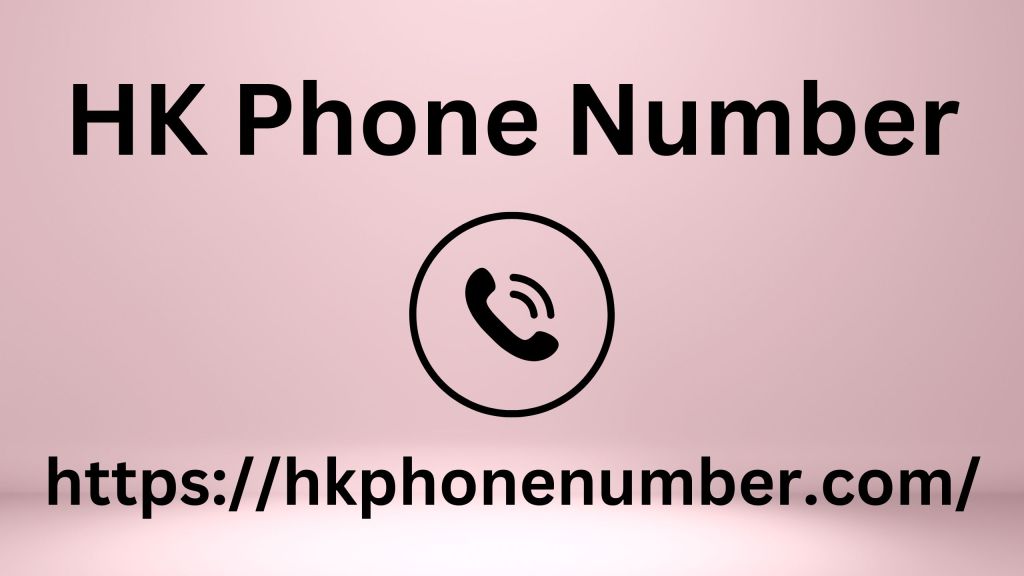|
|
This is crucial so that your customer can find their way around easily. 2. Allow for additional interface space if the translation is longer than your source text. The last thing on your developers' minds is translation, and they won't be happy if they later have to change buttons and menus because the translation doesn't fit. So it's much better to take this into account when designing the user interface. When you translate your customer portal, the number of characters may increase. This is called text growth . Compound nouns in German can pose a problem.
Conversely, a (compound) word can be translated by three or four words in French HK Phone Number or Spanish. For example, “Dashboard” (nine characters) would become “Tableau de bord” (16 characters) in French. Some UI issues are fairly easy to fix. For example, you can often enlarge buttons and headings without much difficulty. Other challenges are more difficult, like menu bars and embedded widgets. Bottom line: Your developers need to allocate more space in these areas, otherwise you may have difficulty finding a suitable translation. 3. Check translations in context before posting them online Before publishing the translations, be sure to conduct a contextual check.

This test checks the following: Are there translations that don't fit into the available space? Are all special characters (e.g. accents) displayed correctly? Is there any terminology that doesn't fit in this specific context? Someone who knows your company well and is a native speaker of the target language is best suited for this contextual check. If you do not have suitable resources for this, you can also ask your translation service provider to do it for you. 4. strings before translating your customer portal Translatable content has no place within the code! All translatable content should be stored separately in translation strings so that any new strings can be easily found using the translation software.
|
|